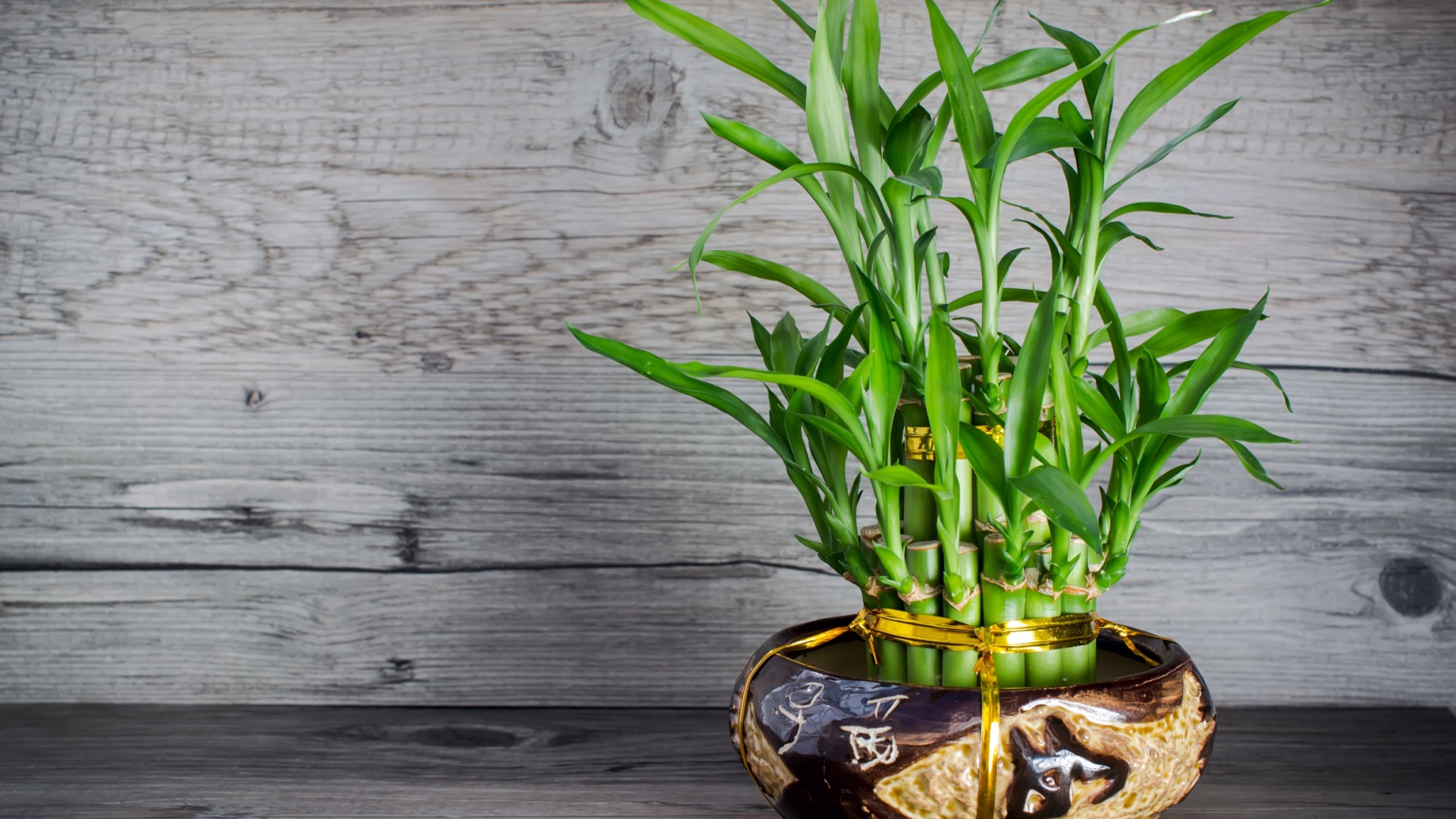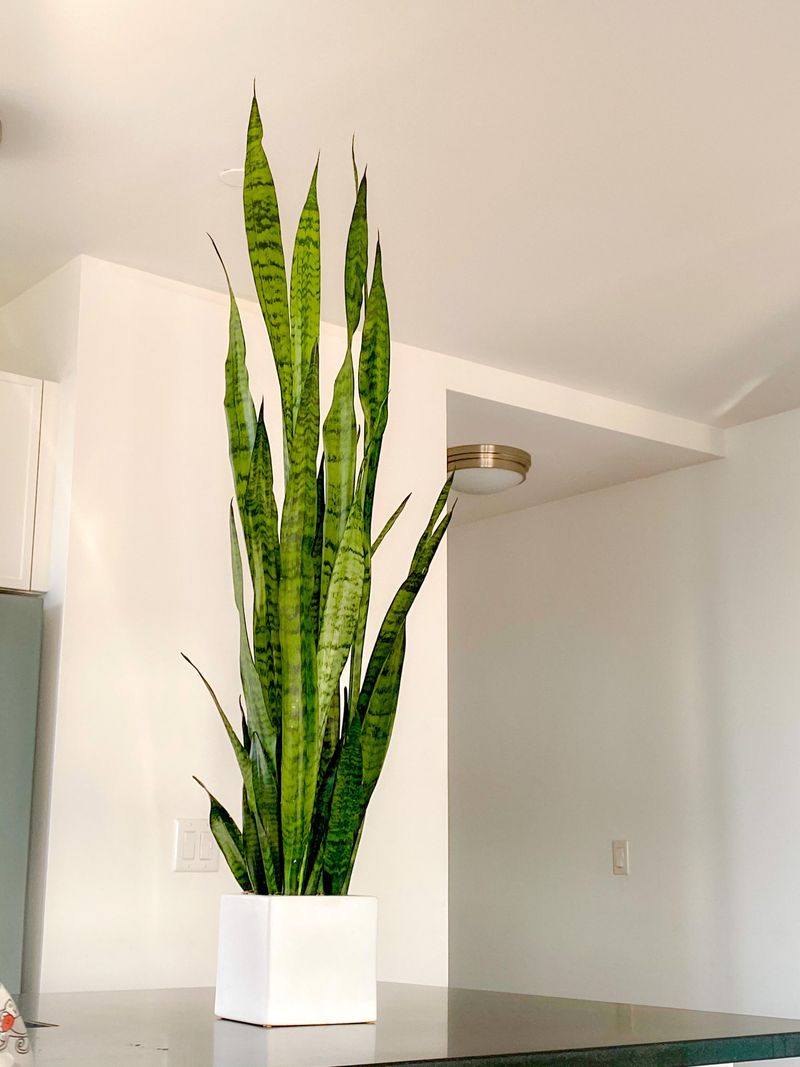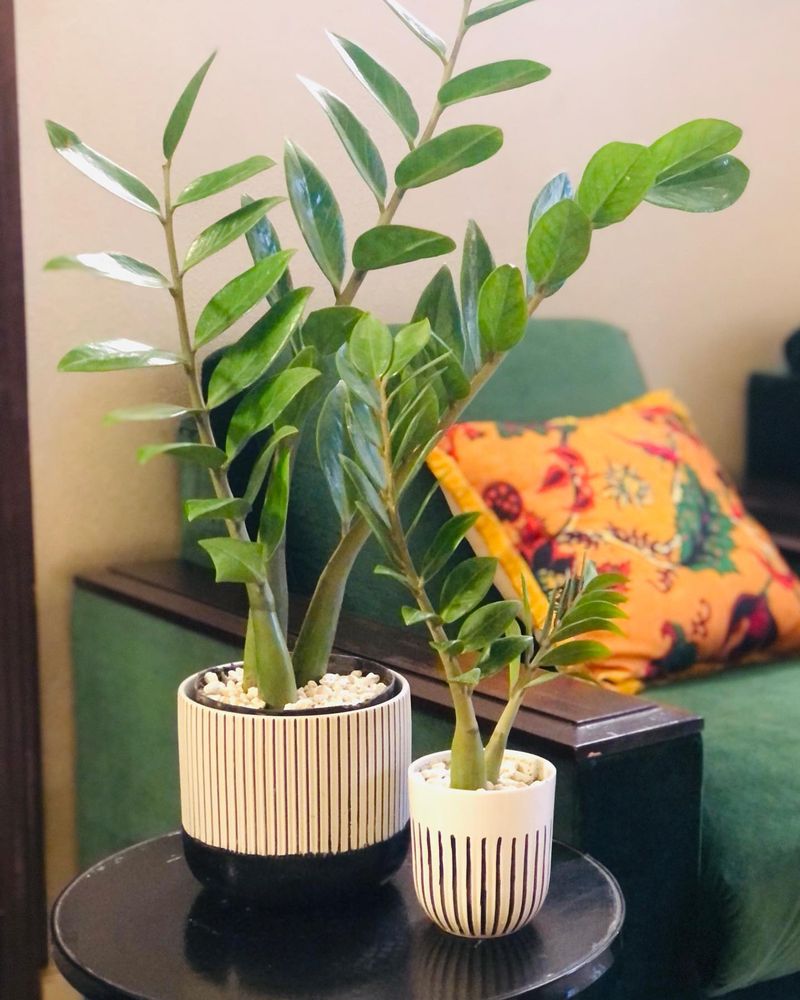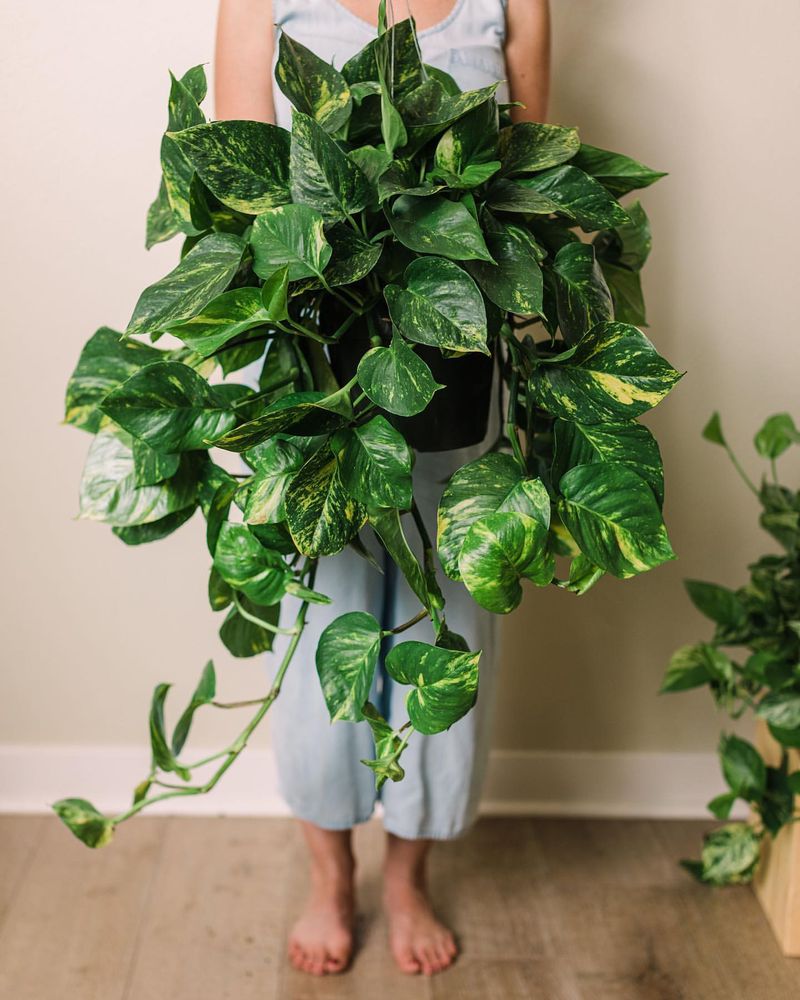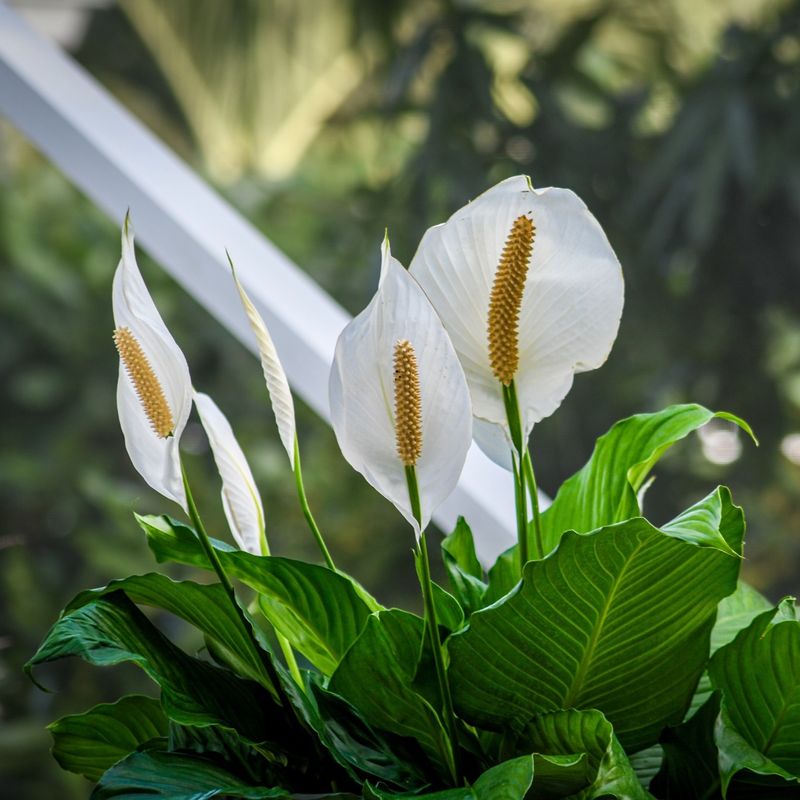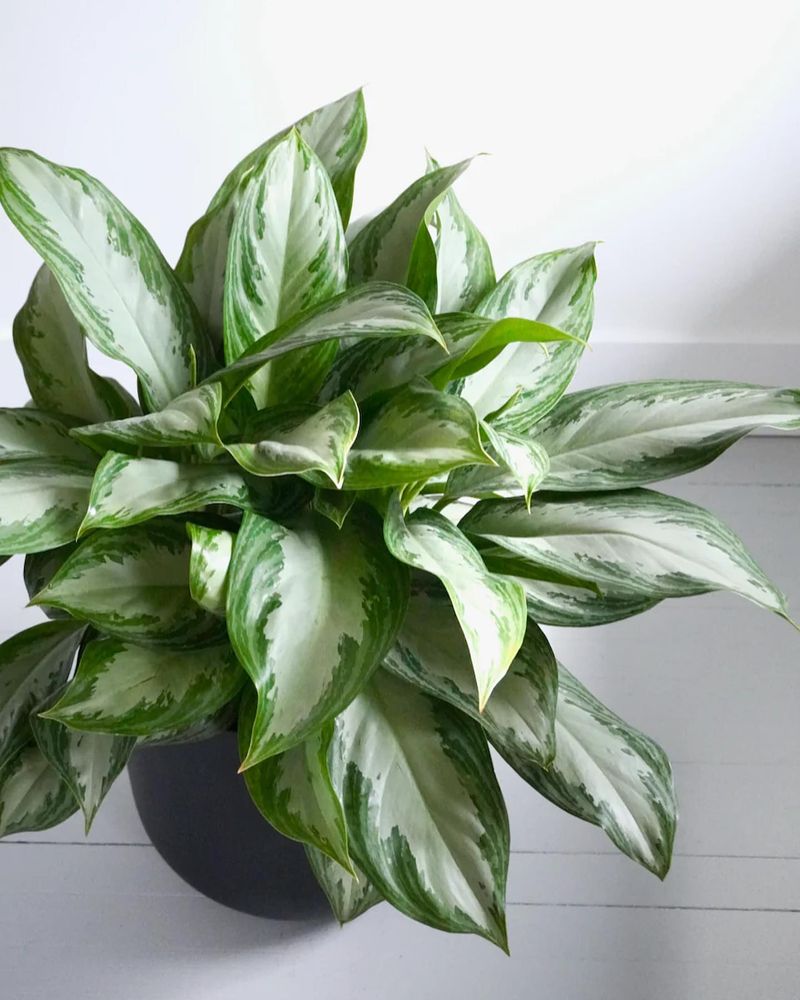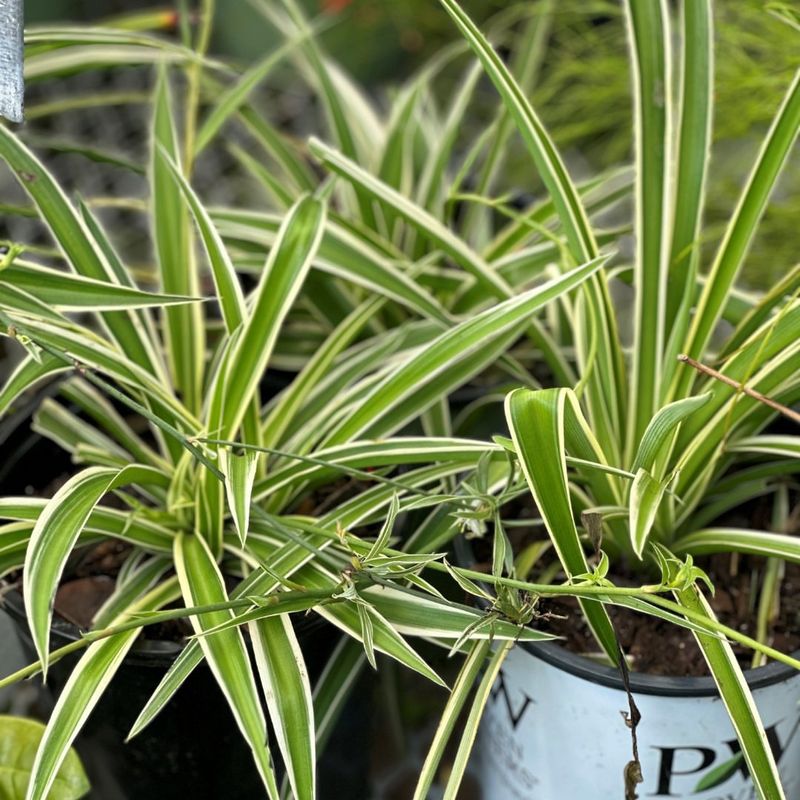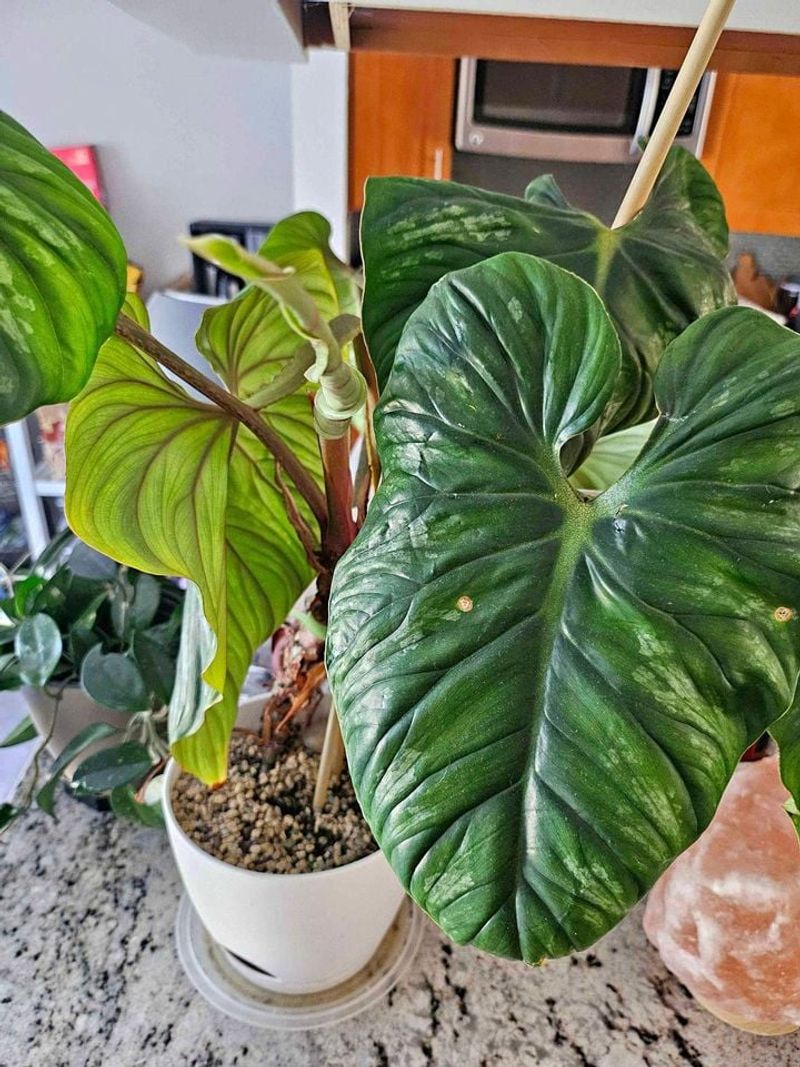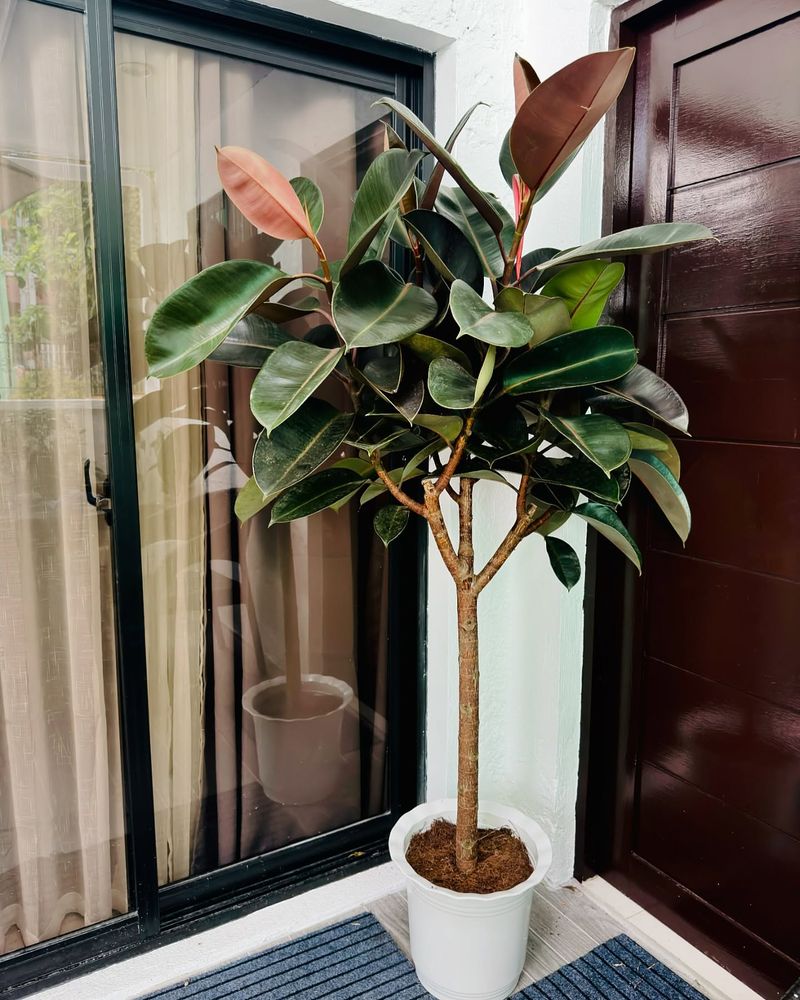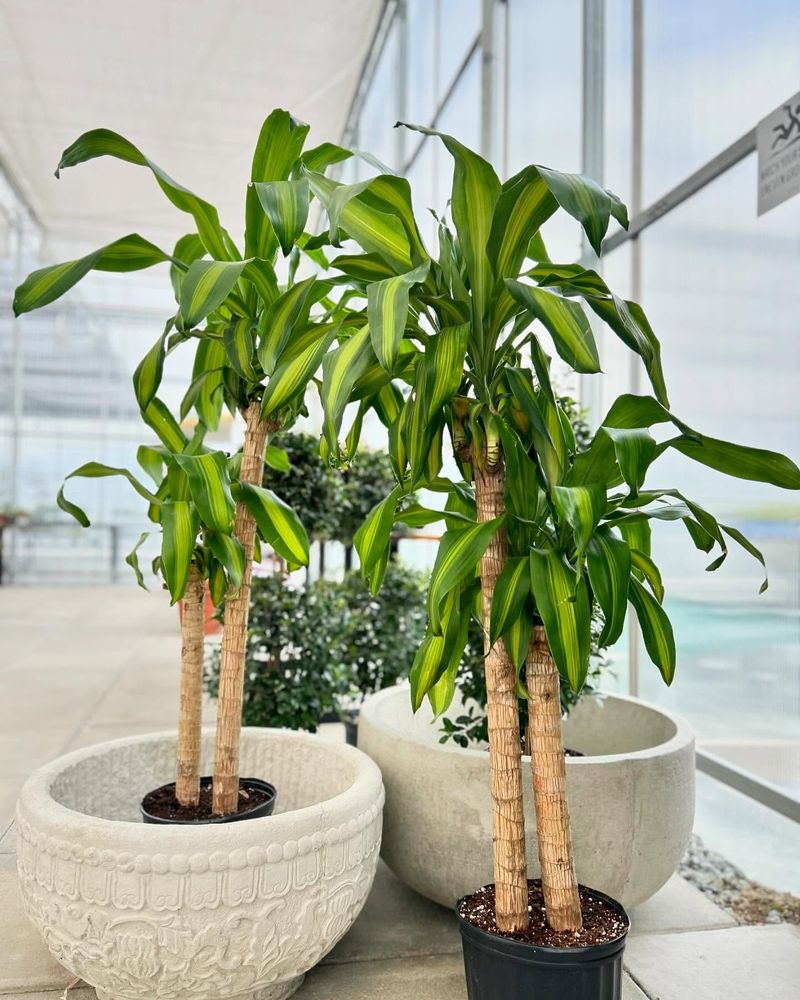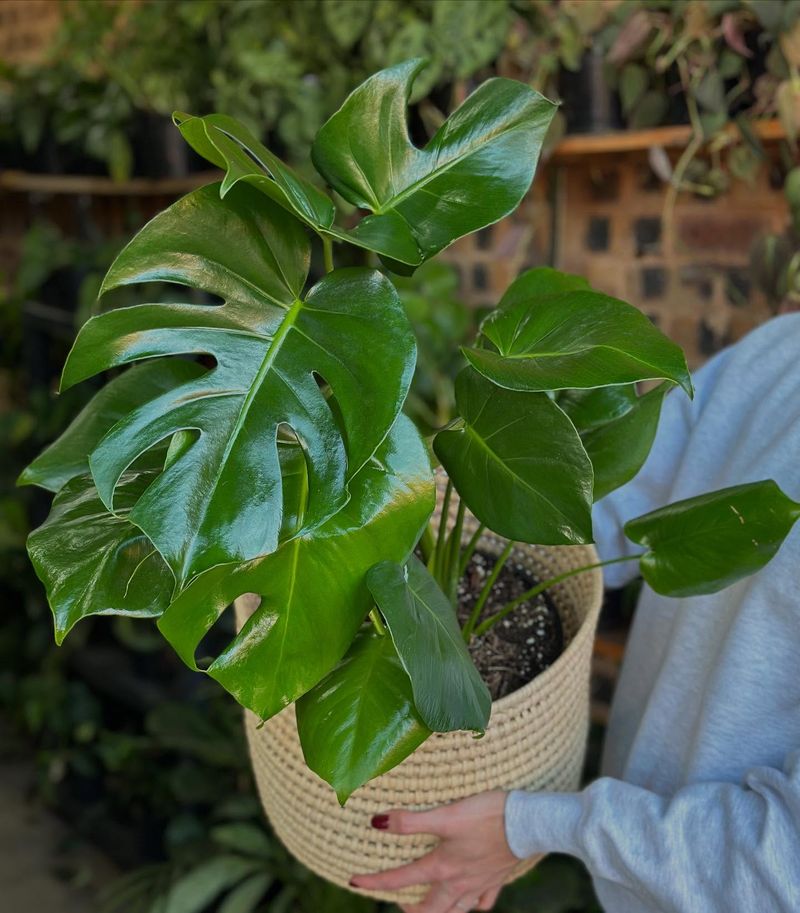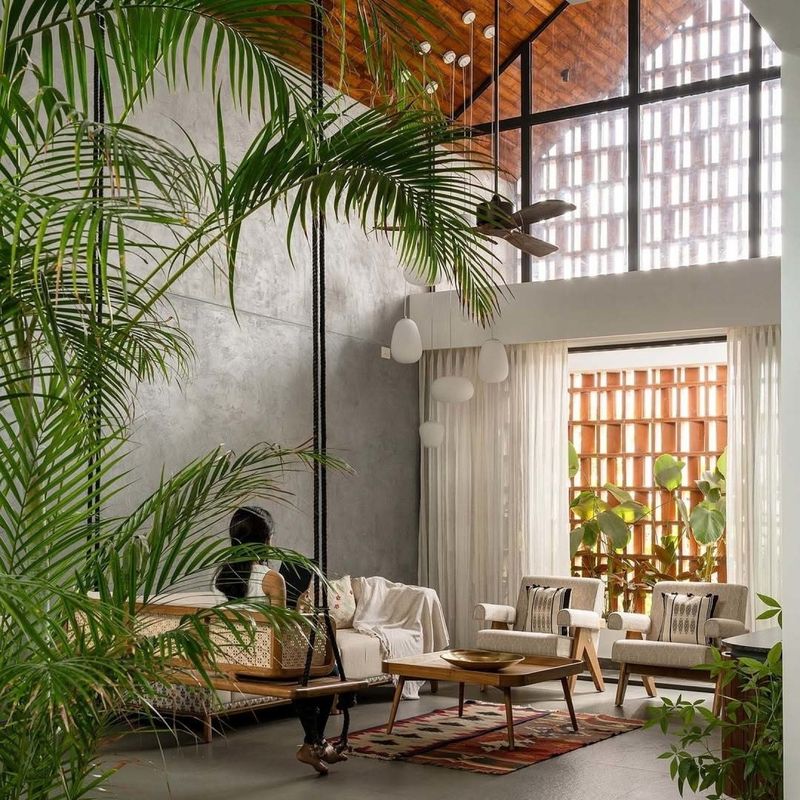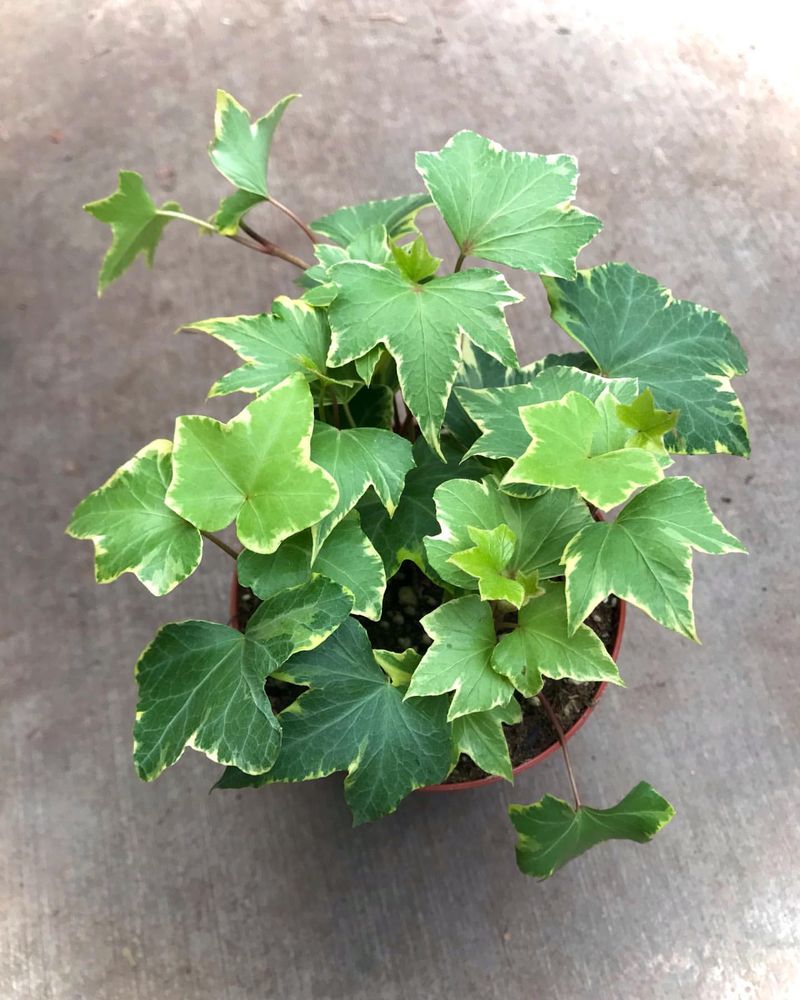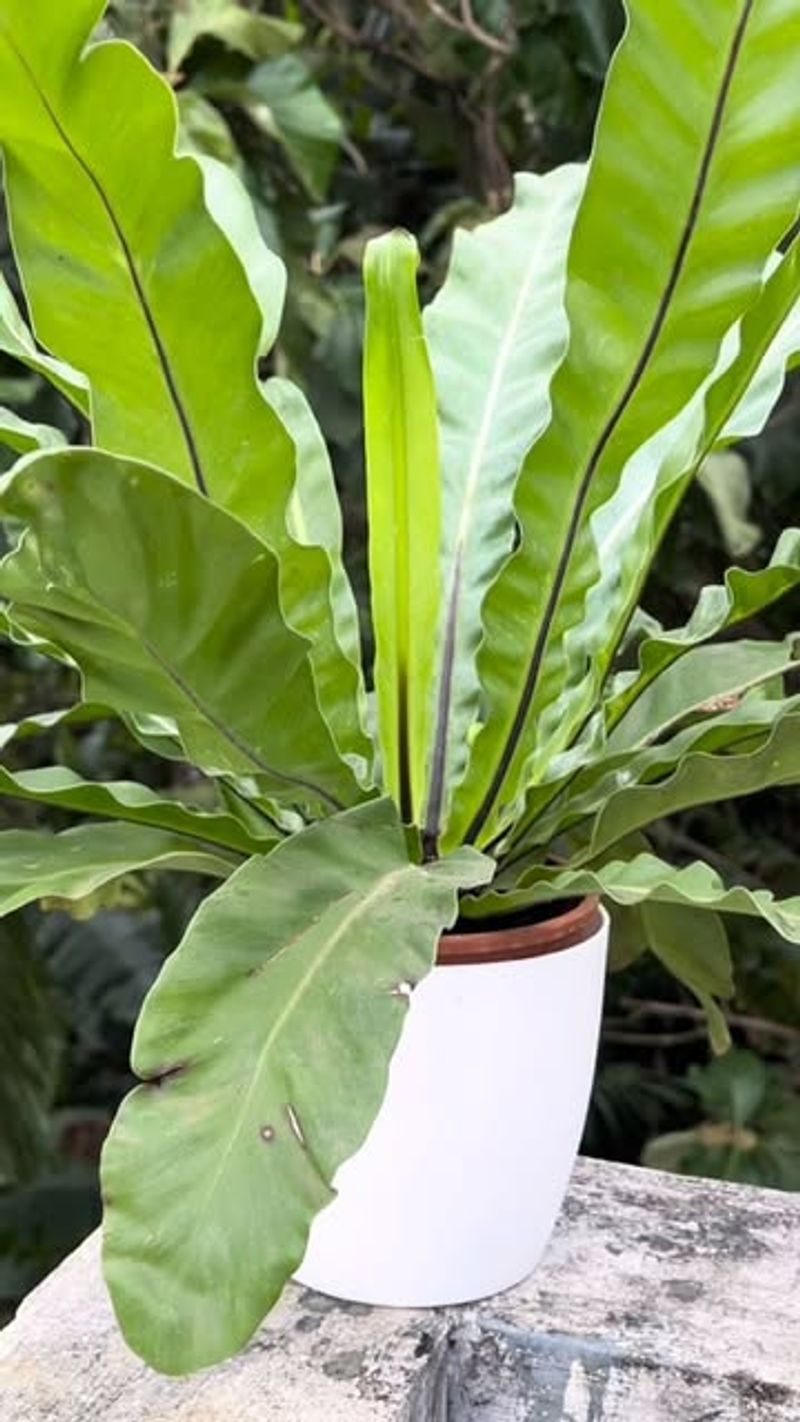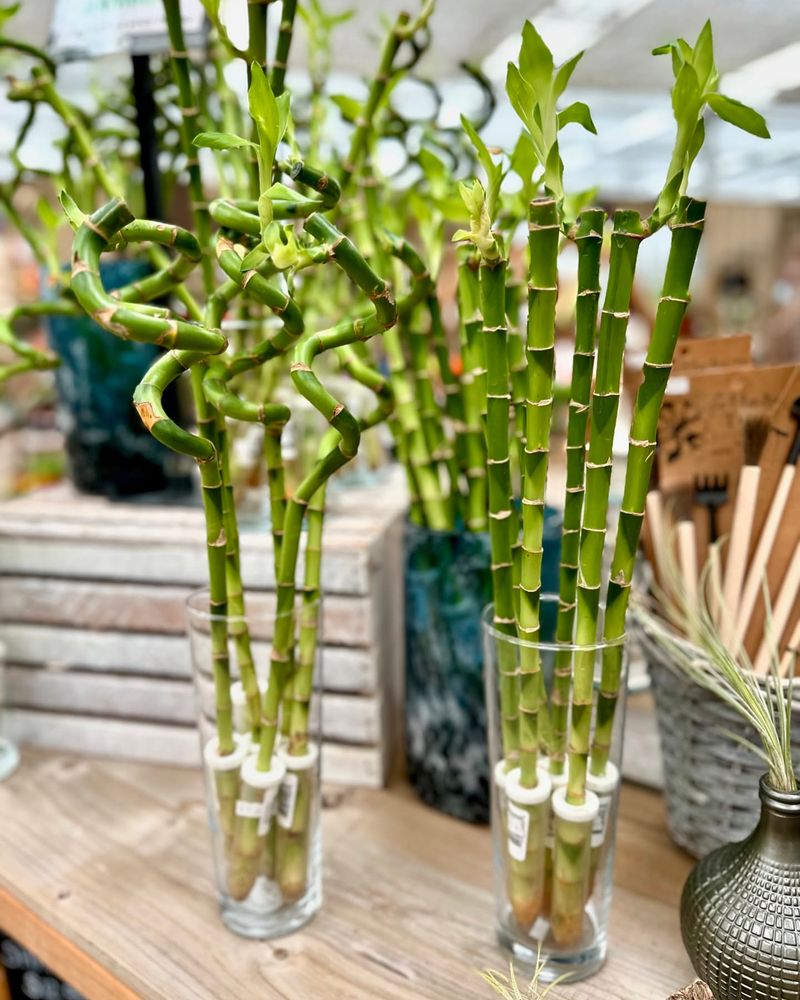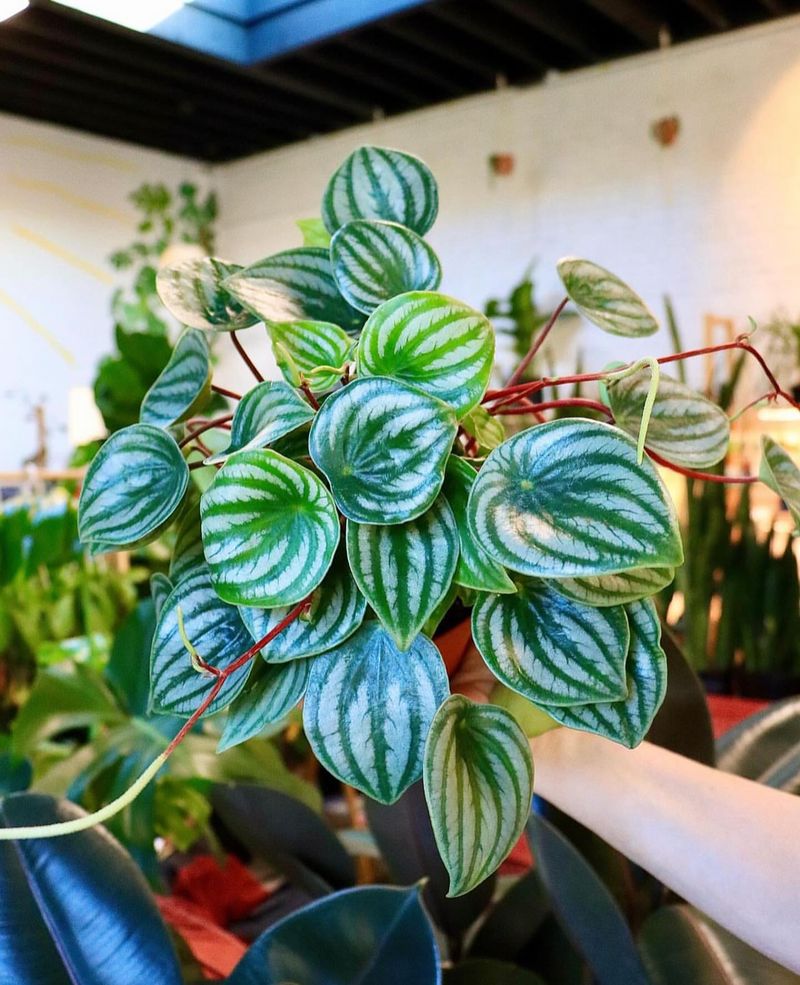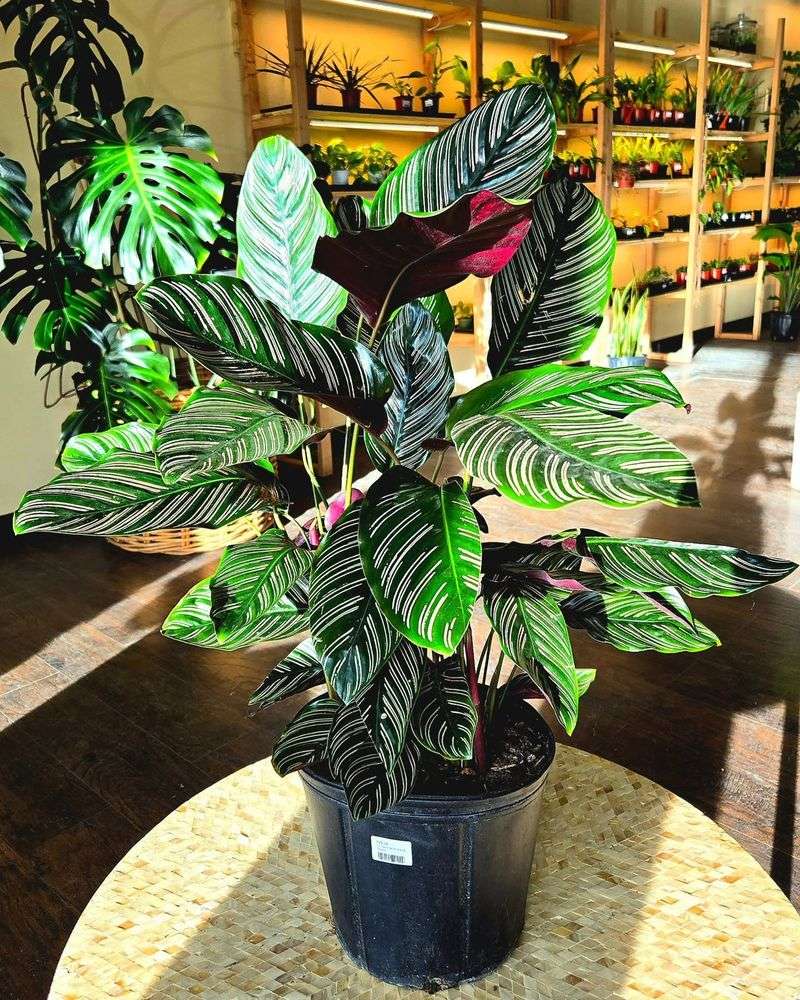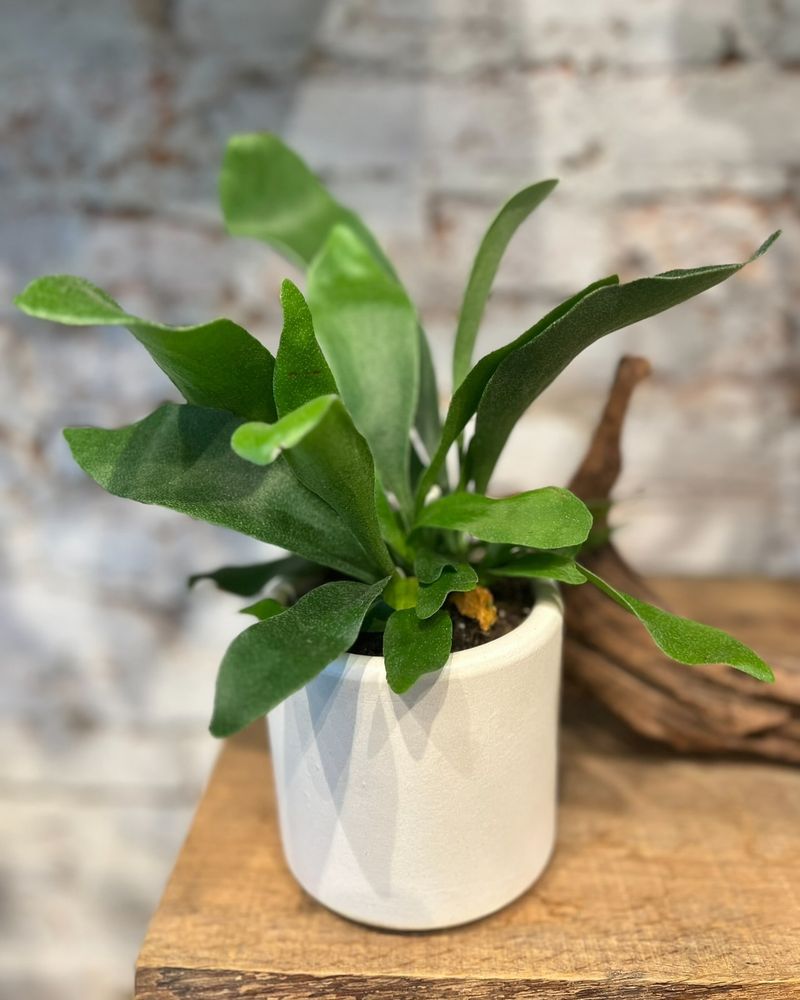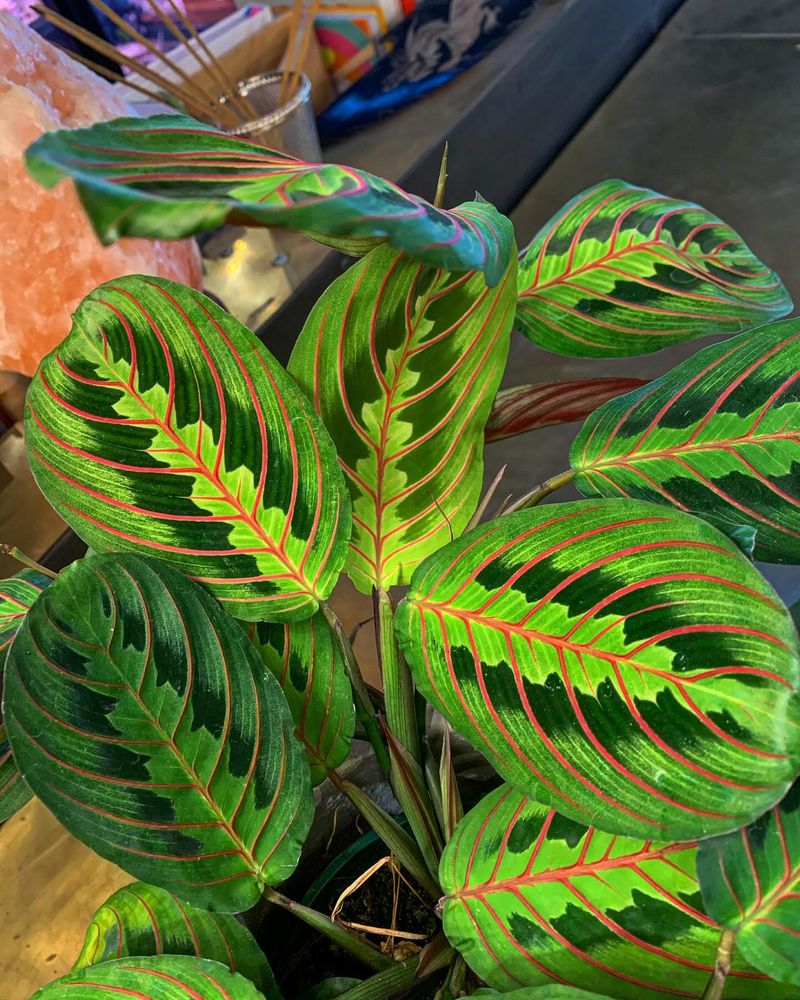Not every New York apartment is flooded with sunlight, but that doesn’t mean you have to skip the plants.
These 19 low-light picks thrive in shaded corners, brighten up high-rise spaces, and bring a touch of green to even the gloomiest windowsills.
1. Snake Plant
Practically indestructible, snake plants stand tall with sword-like leaves that filter indoor air pollutants. They store water in their thick leaves, meaning you can forget to water them for weeks.
Native to West Africa, these architectural beauties grow slowly and can live for decades in the same pot. Their striking vertical growth makes them perfect for narrow corners where other plants won’t fit.
2. ZZ Plant
Glossy leaves that look almost fake – that’s the ZZ plant’s claim to fame. Nicknamed the “eternity plant” because it seems to live forever with minimal care, ZZs can survive months without water.
Originally from drought-prone areas of Eastern Africa, they store water in potato-like rhizomes beneath the soil. Even in the darkest corner of your apartment, these plants maintain their shiny, waxy appearance.
3. Pothos
Trailing vines of heart-shaped leaves make pothos a classic choice for shelves and hanging planters. Available in varieties from golden-streaked to marble-white, these adaptable plants grow in nearly any condition.
Watch them transform from small tabletop plants to dramatic cascading vines. Unlike fussier plants, pothos will forgive inconsistent watering and dim corners – perfect for busy New Yorkers who travel frequently.
4. Peace Lily
Elegant white blooms rising above glossy green leaves make peace lilies stand out among low-light options. Unlike most flowering plants, they actually prefer shade to direct sunlight.
Peace lilies dramatically droop when thirsty, then perk right back up after watering – a helpful visual reminder for forgetful plant parents. Their air-purifying abilities make them especially valuable in stuffy apartment buildings with limited ventilation.
5. Chinese Evergreen
Splashed with silver, pink, or red patterns, Chinese evergreens bring color to dim corners without needing much light. These tropical understory plants naturally grow beneath forest canopies, making them pre-adapted for apartment life.
Older plants occasionally produce calla-like flowers, adding unexpected charm. Their bushy, low-growing habit makes them perfect for coffee tables and kitchen counters where height might block views.
6. Spider Plant
Arching green and white striped leaves send out runners with baby plants dangling like spiders on a web. One of the easiest plants to propagate, you’ll soon have babies to share with neighbors.
Spider plants thrive on neglect and actually prefer to dry out between waterings. Their air-purifying abilities were documented by NASA, making them functional as well as decorative in small apartments where air quality can be a concern.
7. Philodendron
Heart-shaped leaves on vining stems make philodendrons instant classics in any plant collection. Their name means “tree lover” in Greek, referring to how they climb trees in their native tropical habitats.
Adaptable to most indoor conditions, philodendrons signal their needs clearly – yellowing leaves mean too much water, while brown edges indicate too little. The heartleaf variety trails beautifully from bookshelves, while upright types add structure to empty corners.
8. Cast Iron Plant
Living up to its tough-as-nails name, the cast iron plant survives conditions that would kill most houseplants. Dark green, strappy leaves grow slowly but steadily, creating a timeless look that complements any décor style.
Japanese gardeners have prized these plants for centuries for their ability to thrive indoors. Even in the northeast corner of your apartment where sunlight never reaches, cast iron plants maintain their dignified appearance without complaint.
9. Rubber Plant
Dramatic burgundy-green leaves with a polished finish make rubber plants statement pieces in any room. Once a staple of Victorian homes, these plants are experiencing a well-deserved comeback in modern apartments.
Native to Southeast Asian forests, rubber plants can grow impressively tall but are easily kept compact with pruning. Their thick leaves store water efficiently, allowing them to withstand dry apartment heating during New York’s harsh winters.
10. Dracaena
Sword-like leaves radiate from cane-like stems, creating architectural interest even in dim corners. Available in varieties with green, yellow, or red stripes, dracaenas offer customizable style options for any apartment aesthetic.
Slow-growing but long-lived, these plants can become heirloom pieces passed down through generations. Their ability to remove benzene and formaldehyde from indoor air makes them particularly valuable in newly renovated apartments where off-gassing from materials can be a concern.
11. Monstera Deliciosa
Swiss cheese plant, as it’s commonly known, features distinctive split leaves that create instant jungle vibes. Despite its tropical origins, monstera adapts surprisingly well to lower light, though it won’t develop as many iconic holes without some indirect sun.
Young plants start small but can become statement pieces over time. Their architectural quality has made them Instagram favorites, appearing in countless New York apartment photos as the quintessential urban jungle centerpiece.
12. Parlor Palm
Feathery fronds bring a touch of tropical elegance to any space. Standing between 2-4 feet tall when mature, parlor palms fit perfectly beneath most apartment ceilings while still making a statement.
Victorian-era apartments often featured these palms, hence their name. Their ability to withstand dry air makes them especially suited for winter months when heating systems zap humidity from New York apartments, causing many other plants to develop brown tips.
13. English Ivy
Cascading vines of pointed, sometimes variegated leaves create elegant drapes from shelves and mantels. English ivy grows enthusiastically even in north-facing windows that receive minimal natural light.
Beyond its decorative value, this classic vine ranks among the top air-purifying plants. Training it on small trellises or allowing it to trail from hanging planters maximizes its impact in small apartment spaces where floor space is at a premium.
14. Bird’s Nest Fern
Wavy, apple-green fronds emerge from a central rosette, resembling a bird’s nest. Unlike fussier fern varieties, bird’s nest ferns tolerate the dry conditions typical of apartment heating systems.
Their tropical forest floor origins make them naturally adapted to low light conditions. The crinkled leaves add interesting texture to plant groupings, contrasting beautifully with smooth-leaved plants like rubber trees and pothos for a dynamic display that works even in dim apartment corners.
15. Lucky Bamboo
Twisted stalks arranged in creative patterns bring both greenery and good fortune according to feng shui principles. Despite its name, lucky bamboo isn’t bamboo at all – it’s a type of dracaena that can grow in water alone.
Arrangements with three stalks symbolize happiness, wealth and long life. Its ability to thrive under fluorescent lights makes it perfect for offices and interior bathrooms – those challenging spaces in New York apartments that lack natural light entirely.
16. Peperomia
Compact and colorful, peperomias pack personality into small packages. With over 1,000 species featuring different leaf shapes, colors and textures, there’s a peperomia to match any decorating style.
Native to tropical understories, these plants naturally grow in dappled light conditions. Their small root systems mean they rarely need repotting – a significant advantage in cramped New York apartments where storing potting soil and dealing with messy repotting projects can be challenging.
17. Calathea
Nicknamed “prayer plants” because their leaves fold up at night like hands in prayer. Their stunning leaf patterns – featuring stripes, spots or geometric designs – make calatheas living artwork for low-light spaces.
While they can be somewhat humidity-demanding, grouping them with other plants creates a microclimate they appreciate. The rhythmic daily leaf movements provide a subtle reminder of nature’s cycles, something especially valuable in the concrete jungle of Manhattan.
18. Staghorn Fern
Resembling deer antlers, these unusual epiphytic ferns make striking wall-mounted displays. Unlike traditional potted plants, staghorns can be mounted on wooden boards and hung like living sculptures – perfect for apartments short on floor space.
In nature, they grow attached to trees rather than in soil. Their unique appearance makes them conversation starters, while their ability to thrive in filtered light makes them practical choices for New York apartments where direct sunlight is often blocked by neighboring buildings.
19. Prayer Plant
Maranta prayer plants feature boldly patterned leaves that fold up at night like hands in prayer. Their dramatic red veining against green backgrounds creates visual interest even in low-light corners.
Though smaller than many houseplants, their active movements make them particularly engaging. Watching the leaves rise in the evening and lower in the morning connects apartment dwellers to natural rhythms that can otherwise feel distant in the city’s artificial environment.

